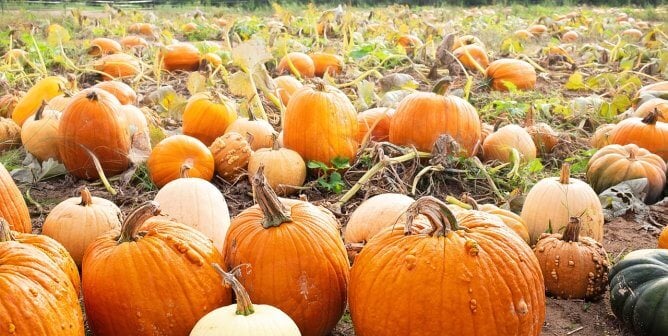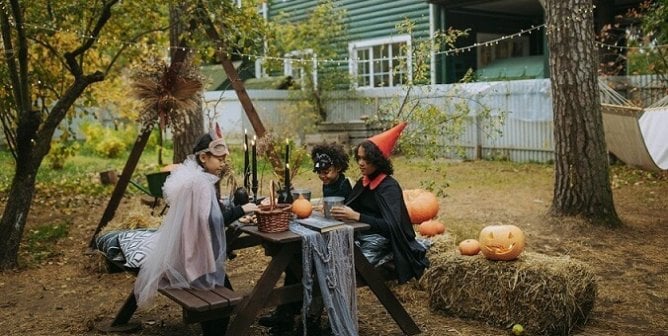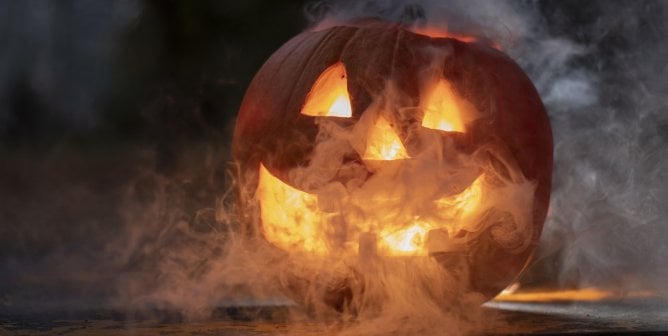My husband found a crab scuttling around our garage. A very, VERY dusty crab (hey, whose garage is perfect?), whom he carefully carried outside. We’ve had dust bunnies before, but a dust crab? That’s coastal living for you.
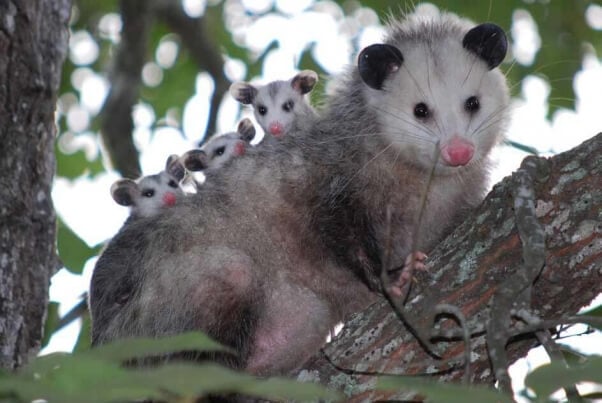
It reminded me of two other critter-meets-garage incidents that took a little more effort to resolve. We discovered that a possum had taken up residence after opening the door from the kitchen to reveal two shining eyes. We had unwisely stacked a pile of cordwood in the far end of the garage (dumb, we know), and it seemed to be where he was headquartered. He had made it through a hole leading from the crawl space that was normally blocked by a brick but had become dislodged. We borrowed a live trap from work (one benefit of working at PETA) and caught the cutie in one evening. The breeding season for many north american mammals is from January to July. Should you discover a family of raccoons, possums, squirrels or other animals nesting in or around your home, in order to avoid separating the young from their parents, the animals should not be removed until the breeding season has ended. We let this guy out right outside the garage and watched him disappear into the night shadows.
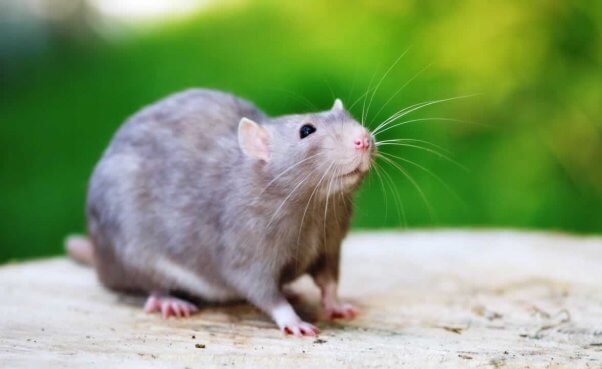
A few years later, a rat surprised me by emerging suddenly from a cardboard box on an upper shelf while I was getting a jar of pasta sauce. We have nothing against rats—they’re smart, clean, and resourceful—but I didn’t want to find one in the laundry basket either. We ordered a squirrel-size live trap and baited it with peanut butter and other snacks. You can get live traps from the Tomahawk company. Sure enough, within a few evenings of supervised trapping (checking frequently so as not to starve or dehydrate the poor guy), we caught him. We released him in a park, stopped putting out so much birdseed for the waterfowl (a story for another day), and sealed up any holes we could find. But not all the holes apparently—as a certain crab could tell you.
Text VEG to 73822 to get the latest vegan lifestyle tips, recipes, and urgent action alerts texted right to your phone.
Terms for automated texts/calls from PETA: https://peta.vg/txt. Text STOP to end, HELP for more info. Msg/data rates may apply. U.S. only.




